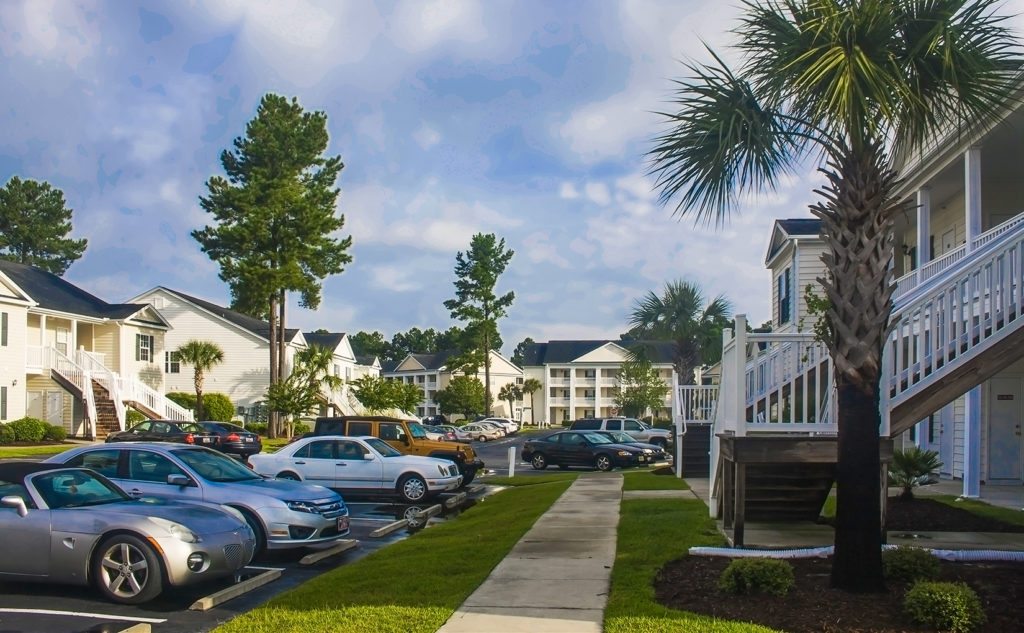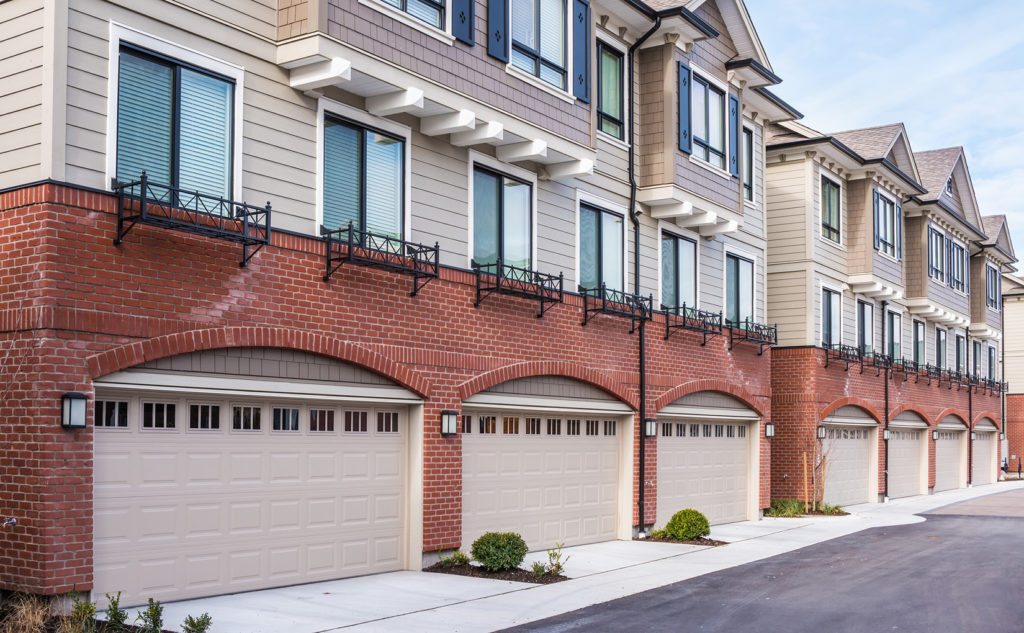The IMN SFR (West) Forum’s opening panel projected “massive development” of single-family rental properties.
Renter Commute Trends: Growth in Walking, Cycling Outpace Driving

Autonomous vehicle (AV) and ride-share technology have the potential to fundamentally alter the relationship between work and housing locations. But what does today’s commute look like for apartment renters?

Vehicle Ownership Higher Among Small Building Renters

While a larger share of small building households own vehicles, growth in ownership was slower compared to large buildings for the post-crisis period.

How Important is Parking for Small Apartment Properties?

While a growing number of cities are eliminating parking minimums, the price of parking access within apartment properties is still reflected in higher unit rents across US metros. This is especially true for in-structure parking offerings.

Q&A: Trends in Commercial Real Estate with the MBA’s Jamie Woodwell

Arbor recently spoke with Jamie Woodwell, VP, Research & Economics at the Mortgage Bankers Association (MBA), and used the opportunity to discuss the future of multifamily lending, trends in industrial and logistics spaces as well as the state of foreign investment in U.S. real estate.

Small Balance Multifamily Investment Snapshot — Q2 2017

Here’s a quick look at the small balance multifamily finance and investment benchmarks for Q2 2017.

What Income is Needed to Rent Affordably: A Scan Across US Metro Areas

In this post, we examine the income needed to rent affordably in small apartment buildings across the US.


